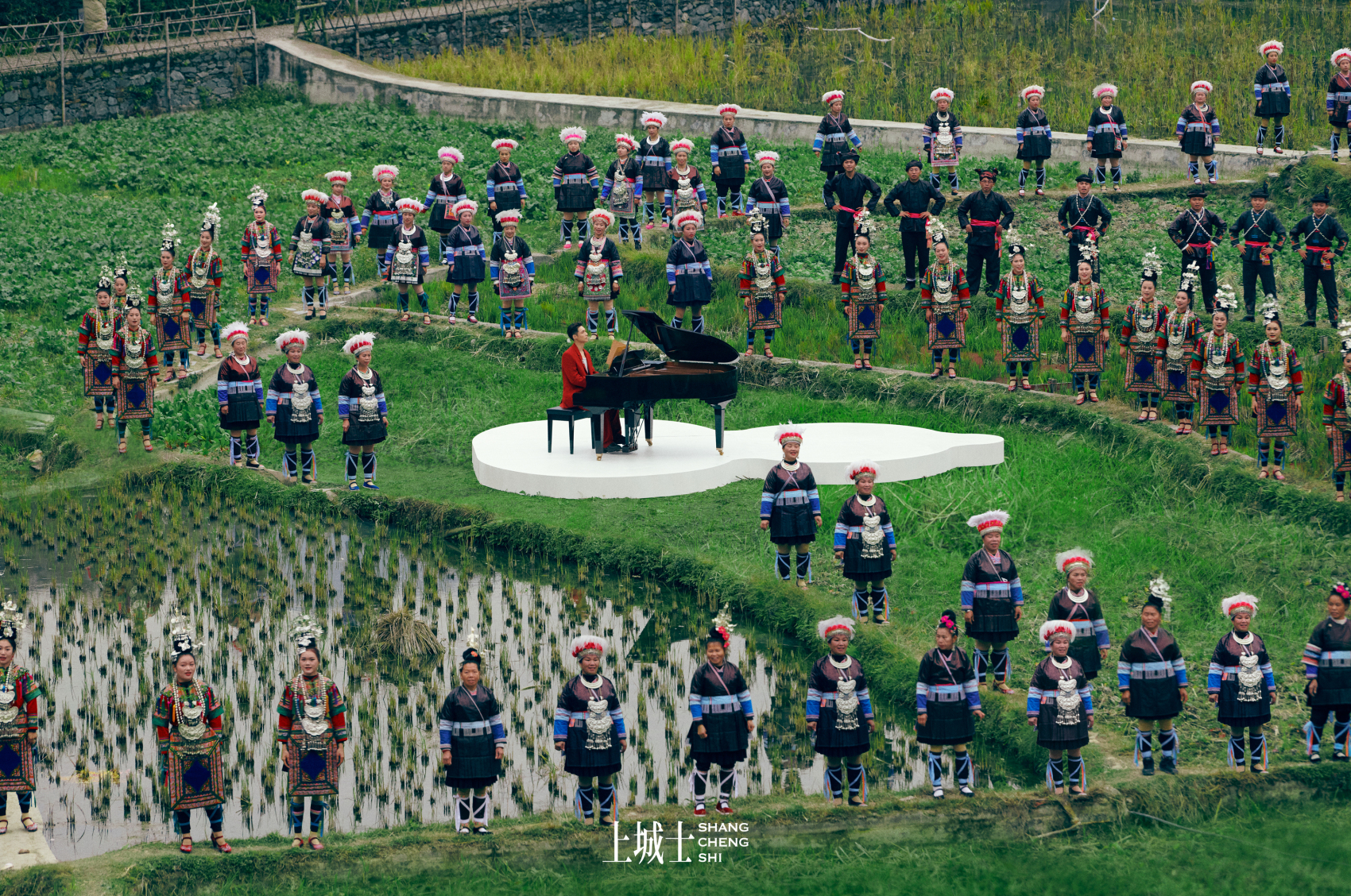Chinese jewelry brand YIN has been a project of entrepreneurial interest that Luxe.CO has followed since its early days. Its founder, Ayur Wu, previously participated in the 2018 Luxe.CO InnoBrand Fashion Entrepreneurship Competition and has frequently shared the nuances of her entrepreneurial journey with us.
As YIN enters its ninth year of establishment and its fifth year of formal operationalization as a company, we engaged in a deep conversation with Ayur. The young woman from Beijing, whose initial passion remains unwavering, talked freely about her role as the top manager of the company and how she guides the brand through iterations and upgrades.

Ayur’s candid sharing included some little-known trial-and-error experiences. “More communication, fewer mistakes. It’s important to communicate and learn from other founders to avoid pitfalls.” This is the advice she offered to aspiring entrepreneurs in response to our invitation.

Ayur Wu, Founder and Head of the Brand at YIN
YIN’s Brand Development Journey
Founded in Beijing in 2014, YIN, a jewelry brand known for its humanistic design approach, is dedicated to providing modern, independent, and spiritually enriched professional women with authentic gold jewelry suitable for daily wear.
From 2014 to 2018, YIN operated as an independent designer studio, undergoing a “natural growth” phase that included periods of having a two-person part-time team, collaborating with boutiques, pursuing overseas studies for the project, and managing operations remotely. During this time, the brand achieved a remarkable compound annual growth rate of 125%.
By the end of 2018, with Ayur’s return from studying abroad and full commitment, YIN transitioned from a studio into a commercial brand and company. In both 2020 and 2021, YIN secured two rounds of venture capital funding from Borchid Capital and One Capital. The brand also faced challenges in growth due to the pandemic, yet continued to grow with increasing determination.

YIN’s “Yin” series artwork
YIN’s Brand Philosophy
“Commemorating Birth, Mourning Loss, and Expressing Love Always”
After years of product development and user engagement, YIN’s first significant iteration and upgrade revolve around the brand’s interpretation of “love.”
According to Ayur, YIN initially struggled to balance “maintaining brand consistency” and “catering to market preferences”:
“A brand is like a tree. In its natural growth, there will be branches that need pruning. If it’s purely a commercial brand or a brand of second or third-time entrepreneurs, the boundaries might be clearer, but maintaining authenticity may not be as easy.”

YIN’s “Hidden” Series: Möbius
Starting with the first product, the “Yin” Mobius Loop single ring, even though YIN is categorized as a jewelry brand, its focus isn’t solely on showcasing precious materials or trendy aesthetics. Instead, the brand emphasizes astronomical and geographical inspirations fused with personal emotional expressions.
Originally, we aimed to use gold, a timeless material, to carry curiosity about the world beyond mundane love and affections. However, we realized that even grand inspirations needed to resonate on a personal level with users. Thus, YIN’s mission is now distilled into a simple phrase: “With enduring authentic gold, embody human civilization, wisdom, and beauty. Commemorate births, mourn losses, and express a variety of loves.”
To understand the concept of “a variety of loves,” we can look at YIN’s recent brand concept and product offering: “Ideal Love” and the ReSingle®️ Diamond Ring Regeneration Plan.
The ReSingle®️ plan caters to users who are currently or have dealt with divorce-related matters, along with their caring loved ones. The diamond ring, symbolizing a lifelong commitment, needs new meaning during these times. After being sent to YIN, the main stone is cleaned, disassembled, and “reborn” as a daily ring, necklace, or bracelet.
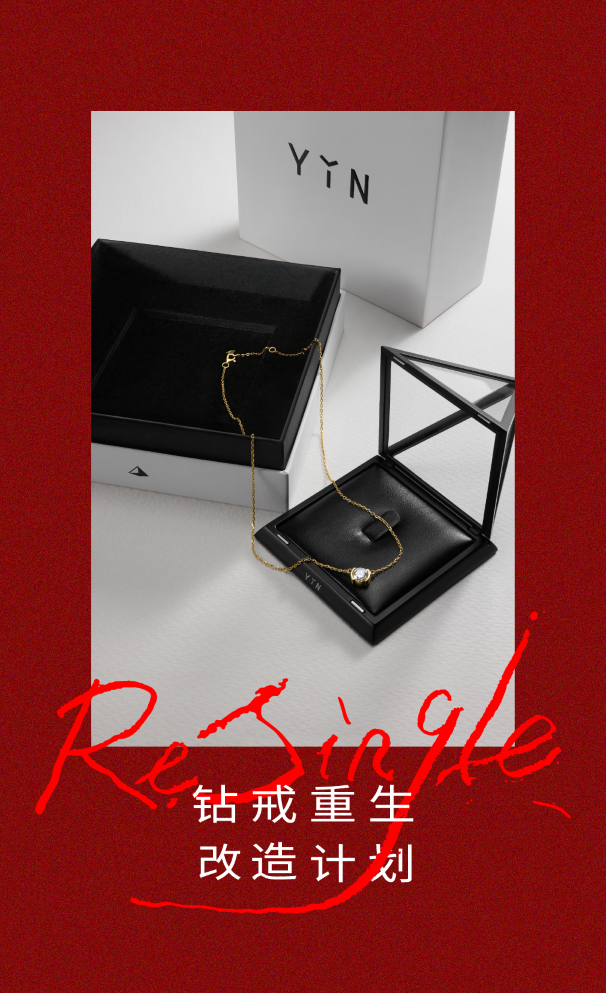
ReSingle®️ Diamond Ring Regeneration Plan: Transformed Creations
This innovative product plan stems from YIN’s deep understanding of user needs.
“In terms of the ‘love’ concept, traditional jewelry companies have a rather narrow expression dimension, typically focusing on engagement rings for proposals or wedding bands for marriages. However, when YIN approaches jewelry from a female perspective, it can better understand the nuanced needs of women at different emotional stages,” Ayur explains. “Ideal Love” is an emotional value upheld by YIN as a jewelry brand founded by women. It supports diverse and harmonious intimate relationships, encouraging users to first love their authentic selves and then pursue an ideal love that complements and embraces one another.”
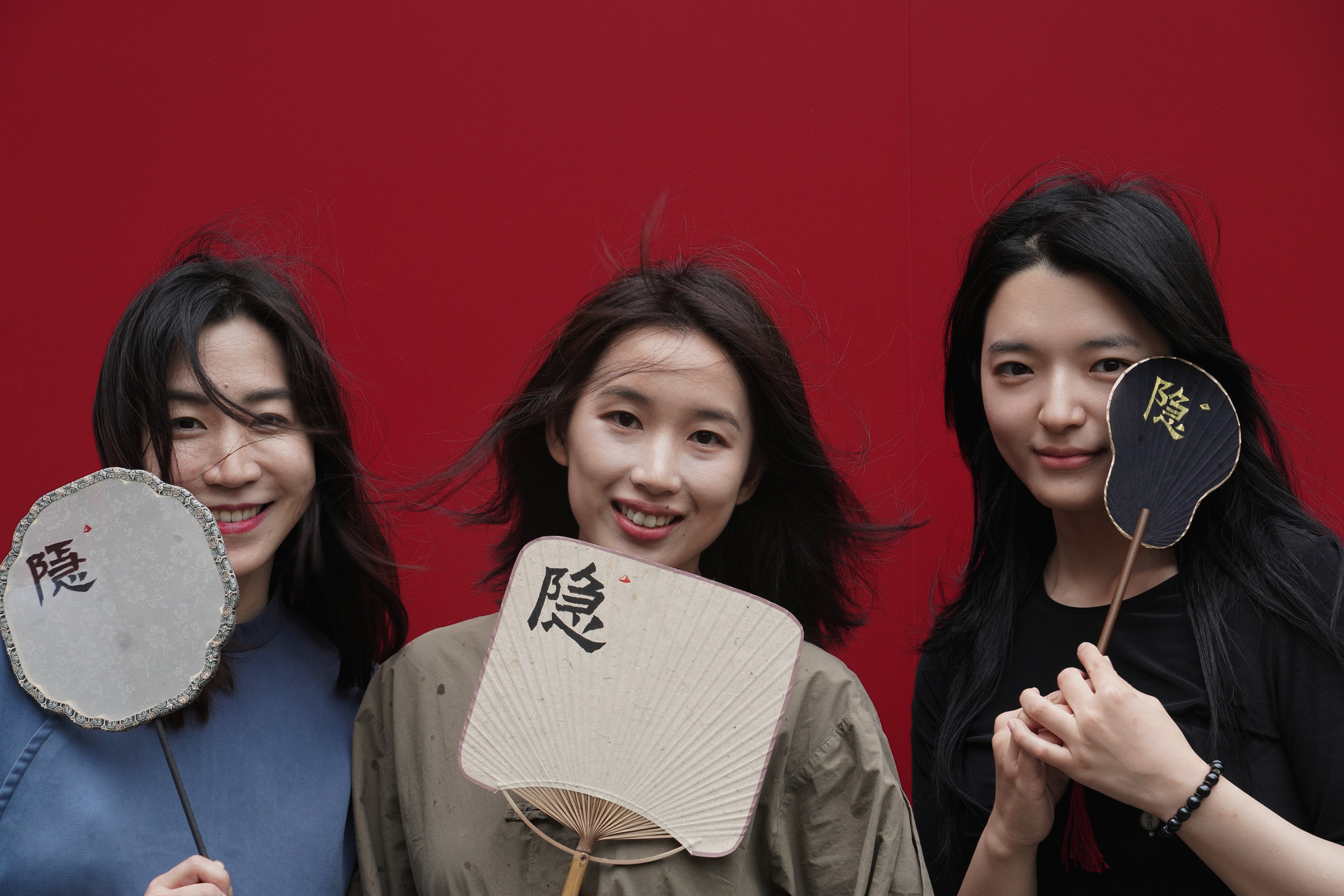
Ayur and the ReSingle®️ Series Photographer in a Snapshot with Users
The realization of “Ideal Love” has gradually extended to the product realm, encompassing the highest-selling segments of the industry, such as traditional proposals and weddings. This expansion also allows YIN to address the themes of singlehood and divorce. Ayur believes that society often overlooks the needs of these users, whereas divorce deserves as much celebration and commemoration as marriage. In the future, YIN will introduce a dedicated divorce series to align with its brand philosophy and user relationships.
This initiative’s execution during the production phase isn’t straightforward, as disassembling a diamond ring carries a risk of damage, and user needs are highly individual. Before launching the product, YIN streamlined the supply chain process to anticipate and refine the user experience. After the launch, some users re-engaged with the YIN brand through this initiative. Moreover, such innovation relies on meticulous reconsideration and reshaping of design ideas, guiding product concepts, forms, and meanings based on users’ emotional and love-expression needs.
Product Design Approach
Early Stage: Artwork → Product → Commodity
Now: Commodity → Product → Artwork
YIN’s second significant iteration and upgrade revolve around the formulation of product design strategies, craftsmanship know-how, and research and development processes.
Recently, YIN launched the Seal Series, a custom calligraphy letter necklace collaboration with contemporary female calligrapher Hua Xi. Ayur believes that this product series is a successful outcome of the company’s shift from “artwork → product → commodity” to “commodity → product → artwork” product conceptualization.

Seal Series custom calligraphy letter necklace
In 2019, following YIN’s transition from a studio to a company, the brand completed several significant iterations while maintaining its Fine Jewelry positioning (which primarily uses 18K and above pure gold as the main material). As the founder, Ayur pondered over the aspects of commodity, product, and artwork repeatedly:
- Commodity level: What are the core users’ real needs? Specific usage scenarios? How to launch and market? How to package? Are there special launch campaigns?…
- Product level: Which category to focus on? What price range? What material combinations are needed? Should it be a single-hit product or a full series? How should distribution be split between online and offline channels?…
- Artwork level: What is the design inspiration? Source of topics? What is the core expression, and how to convey it through a story?…
Initially, YIN expressed creativity based on personal inclinations. Now, user needs take precedence, followed by matching suitable concepts from the accumulated inspiration library. YIN’s high standards in design, research, and craftsmanship are pivotal in realizing the product.
Regarding this collaboration, Ayur stated that letters are similar to zodiac signs, both possessing personalized attributes. They are more approachable compared to traditional Chinese elements like “Five Elements” and “Hundred Family Surnames.” The Seal Series is a collaboration with Huaxi, a VIP user and female calligrapher. The design phase was meticulously polished. Writing Western letters with a Chinese calligraphy approach was challenging. The duo eventually selected the intricate Cuan Bao Zi Bei epitaph script, a highly technical font. Ayur explained, “Cuan Bao Zi Beiepitaph is typically introduced in advanced stages of calligraphy studies due to its concealed and revealed strokes, making it difficult to control.”

Female calligrapher Huaxi wearing the Seal Series customized calligraphy necklace
After refining the letter design, new challenges emerged in the supply chain phase. However, each product challenge propelled YIN to iteratively upgrade its supply chain and collaborate with suppliers:
China’s jewelry supply chain lacks a unified standard. Similar to creating the diamond’s 4C standard, YIN established a supply chain rating and screening system. This rigorous system also sets standards for non-standard materials like jade and pearls. Competing on cultural and attitudinal levels is only possible when quality and craftsmanship meet standards. This system serves both as an objective and a result. The Seal Series ultimately selected a unique seal stone and a “lotus throne” bronze mirror shape, which seemingly appears casual but carries intricate significance, form, and material details.
“Some jewelry techniques have persisted since 2000 BC and will continue, as they cannot be replaced by machines. This embodies the industry’s beautiful tradition of manual craftsmanship. However, it also means they might lack standardization, modernity, or stability. Brands cannot tolerate or afford this,” Ayur shared.
From gold color variations (currently over 450 shades) to logo fonts, in recent years, YIN has aimed for high consistency in products. Initially, suppliers might be uncomfortable, but they gradually recognize and respect the approach.
About Store Management
“No More Casual Trials”
YIN’s third significant iteration and upgrade revolves around a change in store management approach and mindset.
Like many brands closely tied to physical commerce, YIN has experienced the opening of new stores, upgrading of existing ones, and contraction due to the pandemic over the past three years. Ayur remarks on stores, saying, “I still believe that physical commerce is a positive thing, as long as location, store model, operational methods, user experience, and expectations align. Our early mistakes were related to common issues such as location selection, remote operations across cities, insufficient operational experience, and weak team management.”
Learning from past lessons, YIN has refined a location selection model and store operational system. In the future, they plan to explore community stores and content-driven, curated stores beyond the realm of luxury malls. However, even with a robust location selection model, the mindset of “trying things out” will no longer be present unless the location is truly enticing and satisfying.
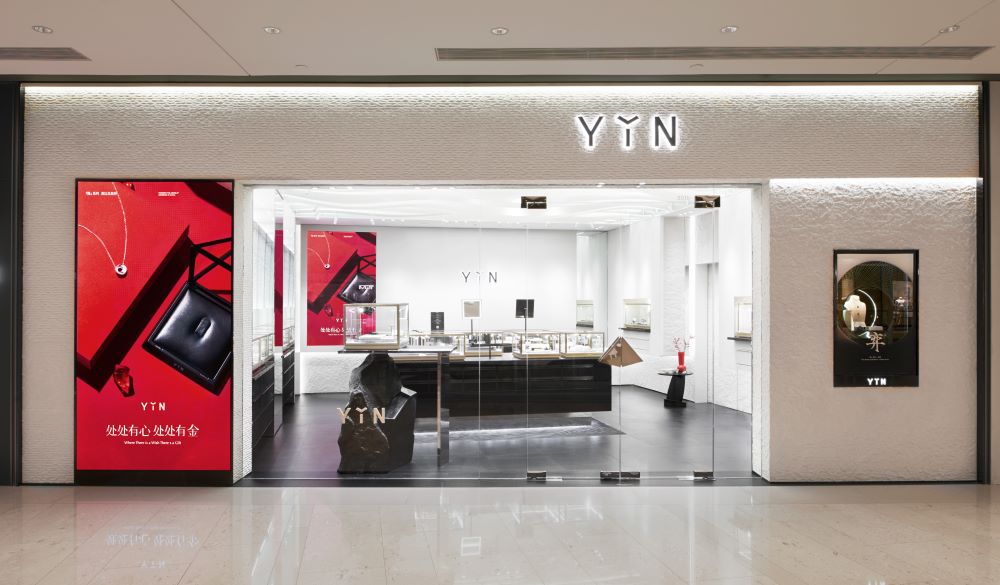
YIN’s store at WF Central in Beijing
The change in mindset stems from a clearer self-awareness. Ayur shared with Luxe.CO that the entire team has shifted their mindset, “Acceptance comes first. Nothing is a given or has a fixed procedure. Despite having a strong user base, as a startup, our resources and energy are limited, and our overall risk resistance isn’t high.
Initially, there was pressure from peers and self-imposed pressure when considering closing early-stage stores, which felt embarrassing. But now, the mindset has entirely shifted. As long as we retain control and maintain the right direction, we can extend our timeline and deduce current priorities from ultimate goals. Such fluctuations are normal in entrepreneurship. We remind ourselves that we are a brand that survived and grew during the pandemic. We shouldn’t let external restlessness influence us. We must be responsible for our true team, mission, and users in the long run.”
About Recruitment and Team Building
“High-Quality Team, Every Individual Matters!”
YIN’s fourth significant iteration and upgrade revolve around changes in team structure.
From its inception to the present day, YIN’s social media copywriting and graphic design have maintained a distinctive and thoughtful style, leaving a deep impression on users. This naturally prompts curiosity about the brand’s operational team. Surprisingly, Ayur revealed that their most significant decision during the pandemic last year was to eliminate the entire brand marketing department!
“Starting from 2020, our team size has remained between 35-45 people, without substantial growth and minimal reduction due to the pandemic. However, there was a significant change in team structure last year. Given the solid foundation the brand established early on, skipping one podcast episode or publishing fewer articles in the public domain is not a matter of life and death. As long as we avoid damaging brand assets in the short term, less content is better than random or forced publication.”

YIN Relocates to Dongsi Hutong, with an Office Rooftop Terrace
Apart from the brand team, over the past year, YIN streamlined the company’s hierarchy from 3-4 levels to 2-3 levels, enabling founders to be closer to the frontline. The focus shifted to enhancing overall organizational capabilities, refining various business SOPs, and cultivating core middle management individuals who align with the brand’s values and possess both strategic insight and execution skills.
Ayur acknowledged her most significant mistake was hiring the first “executive” for e-commerce and retail. Despite impressive resumes, they were granted excessive autonomy and took an extended period to address. She realized that startups shouldn’t entrust a higher perspective and strategy to individuals with a background solely in corporate processes and execution. In the early stages, they don’t need pseudo-executives lacking entrepreneurial spirit. It’s either finding business partners who complement and align with each other, or the founders must proactively learn various domain knowledge, enhance the ability to identify and assess talents, and avoid being complacent.
In the past, after establishing company culture and recruitment processes, Ayur delegated the hiring process to give respect and trust to leaders of different business departments. Now, she’s back at the forefront of recruitment. “In a high-quality team, every individual matters. I don’t want mistakes or compromises to affect the team’s DNA.”
Toward the end of the conversation, Ayur recommended the book “Cultural Strategy” by Douglas Holt and Douglas Cameron. She also shared her travels over the past year.

Ayur in Muta, Ying County, Shanxi
Experiencing the beauty of culture has provided Ayur with immense spiritual support. She said, “Founders are the biggest bottleneck for a brand. Continuous output without input won’t work. Besides reading books and watching movies, starting last year, I began learning and appreciating classical music. During the pandemic, I traveled within China to places like Quanzhou, Shanxi, and Tibet, exploring ancient architecture. These thousands of years of heritage offer strong spiritual support when external environments are uncertain. Using YIN’s products to express culture and represent China’s integration into the world’s future is an exciting driving force, motivating me to maintain innovation at the brand level. As an entrepreneur from Beijing, I also anticipate infusing more diverse, multi-layered, and enriched Chinese cultural connotations into products, while addressing contemporary audiences.”
| Image Credit: Provided by the Brand
| Editor: Maier

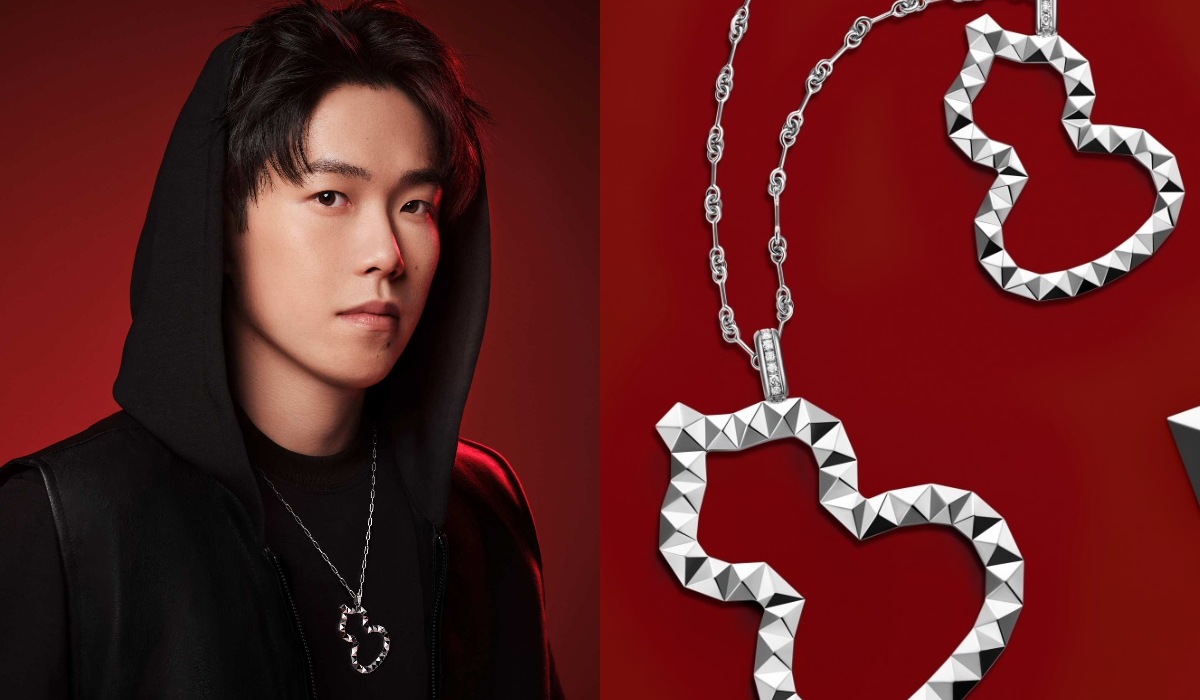
.jpg)
